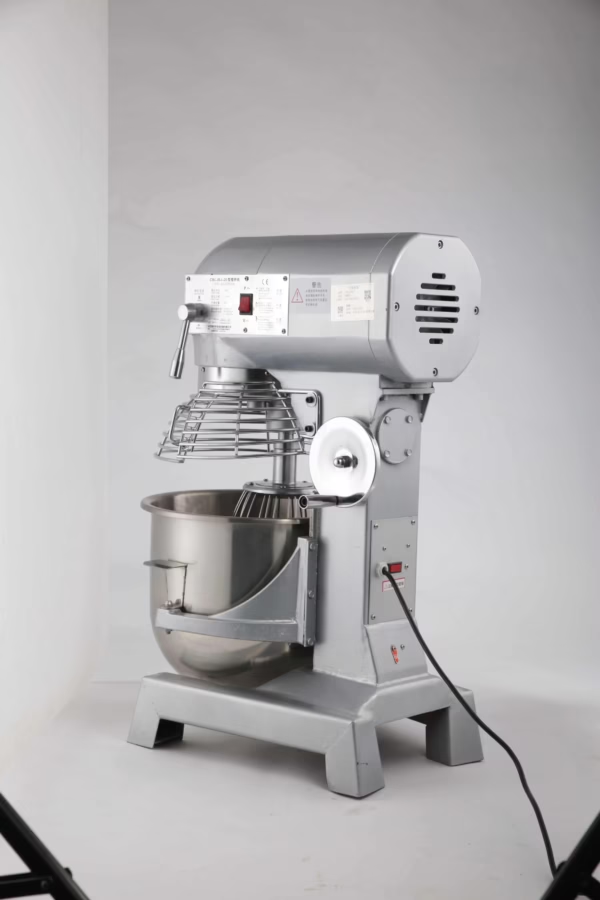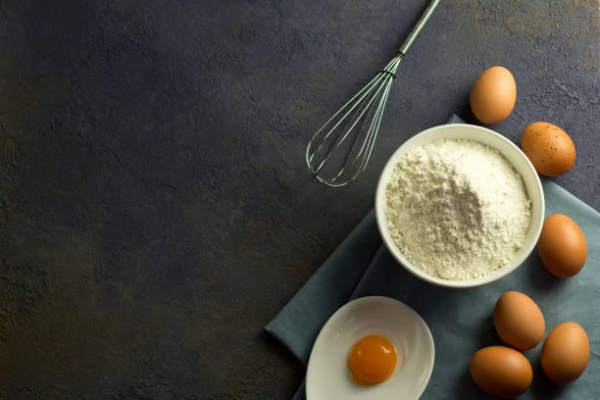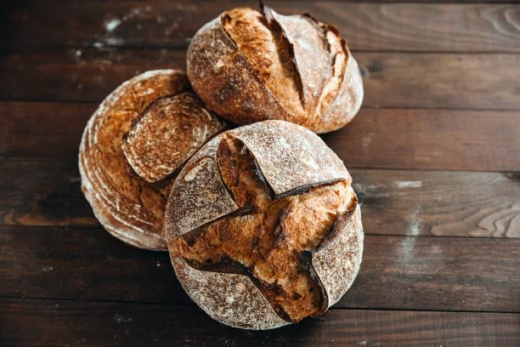Introduction
I’ve tested dozens of machines, but nothing beats a true commercial food mixer when you want irresistibly soft bakery bread. From the compact B10 up to the powerhouse B60, I’ll show you how to get perfect crumb, every time.

food mixer Basic Operation Guide
Getting to Know Your Models
Whether you’re using the small B10 or the heavy‑duty B60, each food mixer model (B15, B20‑B, B20‑F, B25, B30, B40, B50) shares the same controls. Spend a minute reading the manual so you know where the speed dial and bowl latch live.

Setting Up for Success
Anchor your food mixer on a stable countertop. Lock the bowl, attach the dough hook, and plug into a dedicated circuit. Voilà—your stage is set for perfect bakery bread.
Speed Control for Fluffy Crumb
Low vs. High Speed
Start at low speed to hydrate flour without flinging it everywhere. After 2 minutes, bump to medium. Only go full blast when you need strong gluten development.
Matching Speed to Dough Type
For enriched bakery bread (with eggs or butter), keep it tame—low to medium. Lean, rustic doughs handle medium‑high just fine.
Ingredient Order: Layering for Lightness
Dry vs. Wet First
Always add flour first, then liquids. This helps your food mixer blend without lumps.
When to Add Yeast and Salt
Yeast wants warm water; salt slows it down. Sprinkle yeast into water, mix at low speed, then add salt after 30 seconds to control proof.
Timing the Mix
Avoiding Overmixing
Stop mixing as soon as dough pulls clean from the bowl. Overmixing on a B40 or B50 turns loaf into rubber.
Ideal Mixing Duration
Most food mixer recipes run 6–8 minutes on medium. Time it on your phone so you never guess.
Mixer Attachments and Their Impact
Hook vs. Paddle
Use the dough hook for standard bakery bread, and the paddle for brioche or enriched doughs.
Whisk for Specialty Bakes
For delicate batters or sweet buns, swap in the whisk attachment—your machine can multitask.
Resting and Second Proof
Bench Rest in Bowl
After mixing, leave dough in the bowl for 10 minutes. This bench rest yields loftier bakery bread.
Proof in Warm Area
Cover your bowl and proof near your oven or the B20‑F’s warm casing for an even rise.
Dough Temperature Control
Measuring Dough Heat
Use an instant‑read thermometer. Ideal dough temp is 24–26°C for most recipes.
Warm Water vs. Cold Water
Adjust water temp based on your kitchen. In winter, slightly warmer water helps; in summer, cool water keeps yeast from overacting.
Hydration Ratios
Standard 60–65% Hydration
Most white loaves work best around 60%–65% water by flour weight.

Tweaks for Humidity
On humid days, cut water by 2%; in dry months, add up to 5% more for soft crumb.
Cleaning and Maintenance
Daily Wipe‑Down
After each bake, remove the bowl and hook. Wipe all surfaces to avoid buildup.
Deep Monthly Clean
Take apart your B30 or B40 once a month. Sanitize the bowl and gears, and oil moving parts as the manual recommends.
Pro Recipes Walkthrough
Classic White Loaf (Using B20‑F)
-
Ingredients: 500g flour, 300g water, 10g salt, 5g yeast
-
Mix: 2 min low, 6 min medium
-
Rest: 10 min bench, 60 min proof
Whole Wheat Artisan (Using B60)
-
Ingredients: 400g whole wheat, 100g bread flour, 350g water, 12g salt, 7g yeast
-
Mix: 3 min low, 8 min medium‑high
-
Rest: 15 min, proof 90 min
Conclusion & Next Steps
Armed with these tips, your food mixer (B10 through B60) will churn out irresistibly fluffy bakery bread batch after batch. Try the recipe tweaks, master your speed settings, and keep everything spotless. Ready to transform your next bake? Fire up your mixer and enjoy the ride!
